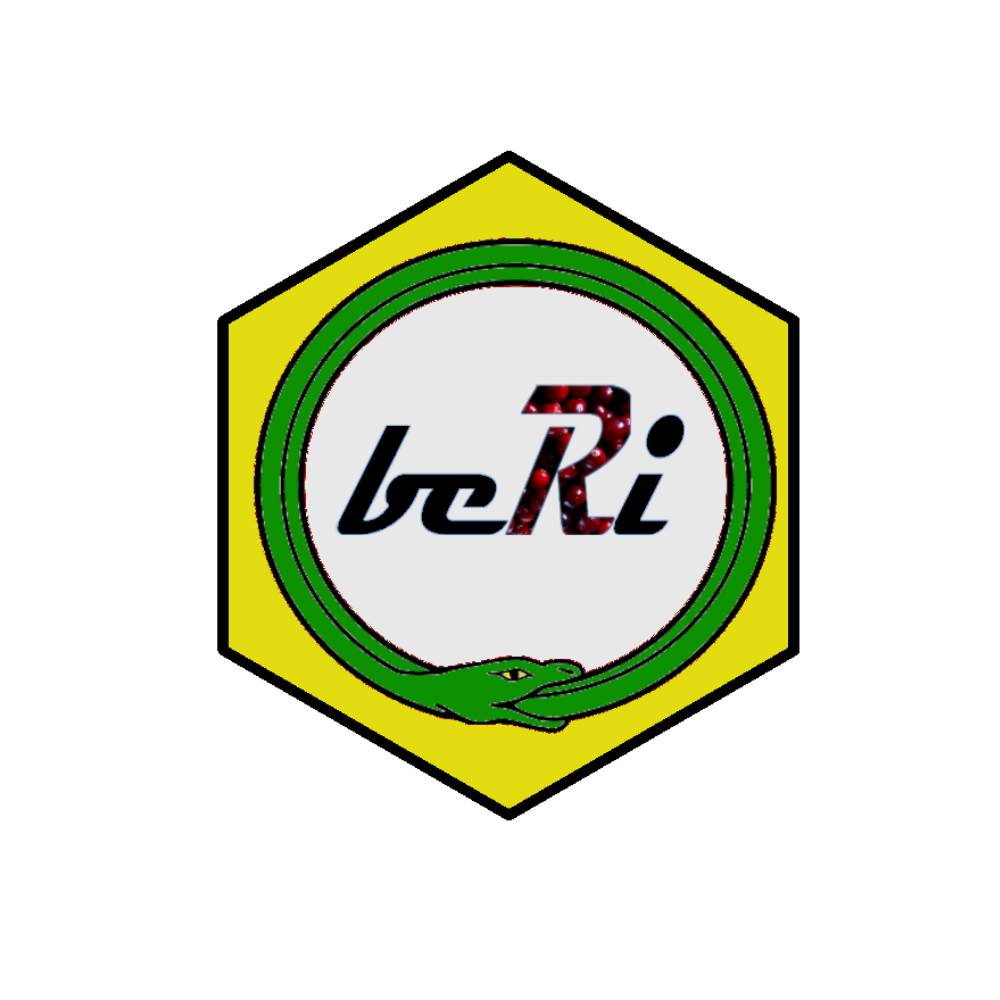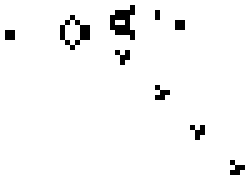Participant applications for hackseq19 are now closed.
./ABOUT
When: October 18th - 20th, 9:00 - 17:00 PST.
Where: Life Sciences Institute, UBC Campus.
What: Team up with 5-10 others over 3 days to help solve 1 of 15 exciting projects!
Why:
Make new friends and gain connections within the Vancouver bioinformatics community!
Build your skills and gain experience in a particular programming language!
Deck out your laptop in rad stickers & win some nifty bioinformatics swag!
hackseq costs $0, thanks to our wonderful sponsors :)
./PROJECT_DESCRIPTIONS
This year we have a record number of projects (15)! If you would like more information about a specific project, please contact the corresponding team leader.
Project 1: BeRi Environments for R Installations
Team Lead: Rob Gilmore
robgilmore127 [at] gmail {dot} com
Are you a computer scientist or software engineer with data science skills? Do you like programming with Python? Join Team BeRi and help contribute to an ecosystem of command line tools for managing R by moving the project from Linux only to cross platform.
Project 2:
Yeast-omics
Team Lead: Noushin Nabavi
nabavi {dot} noushin [at] gmail {dot} com
Visualization of analyses is a key component of communicating a project's potentials to stakeholders. In this project, we will be taking advantage of building dashboards (e.g. using shiny in R) in order to relay our final analyses to audiences.
Project 3: Rule-based Learning for Transcriptional Regulation
Team Lead: Alex Sweeten
alex {dot} sweeten [at] gmail {dot} com
Transcription factor binding sites are regions of DNA that are extremely important for gene regulation. We will apply a variety of techniques in machine learning towards learning rules for predicting TFBS, and encourage friendly competition with an internal leaderboard. This project is ideal for those who are new & interested in machine learning applications in bioinformatics.
Project 4: BugSeq
Team Lead: Sam Chorlton
sam [at] samchorlton {dot} com
Nanopore sequencing is fast, relatively cheap and rapidly improving in accuracy. This means clinical microbiology labs are starting to use them - but no one knows how to analyze the data! Help build BugSeq, an online app for automatically processing clinical microbiology nanopore data into actionable reports.
Project 5: Game of Evolution
Team Lead: Artem Babaian
ababaian [at] bccrc {dot} ca
In the classic Conway's Game of Life, a simple set or rules give rise to meta-stable entities termed Cellular Automata (CA). Fundamentally, CA are a form of intelligently designed complexity, in contrast to natural life which is the product of evolution. We are creating a "Game of Evolution", in which randomly generated CA will compete and evolve via genetic algorithms to accomplish survival tasks within this universe, with the ultimate goal of evolving a self-replicating system, or Artificial Life.
Project 6: TALR Targeted Assembly of Linked Reads
Team Lead: Shaun Jackman
sjackman [at] gmail {dot} com
Linked reads from 10x Genomics combine the benefits of large DNA molecules with the sequence fidelity and cost of short read sequencing. We will design a software tool to extract the reads from a set of linked read barcodes and assemble those reads. Multiple targeted assemblies will be combined to assemble an entire chromosome.
Project 7: Visualizing Very Large Biological Networks
Team Lead: Anamaria Crisan
acrisan [at] cs {dot} ubc {dot} ca
This project is run together with the Biovis challenge, which is co-located with the IEEE VIS conference (Oct 21st - Oct 25th 2019). The challenge will researchers to visualize a complex network derived from the RefSeq database. We're looking for alternative ways to visualize this data either as a single static image or through an interactive visualization. The group will have the opportunity to present it's solution at during the biovis challenge session on October 24th during IEEE VIS 2019 conference. See more information here.
Project 8: Trends in Bioinformatics with RLadies
Team Lead: Jasmine Lai
vancouver [at] rladies {dot} org
What's hot in bioinformatics right now?
Bring your enthusiasm for R and come scrape and visualize some data with us to find out.
A Project 9: TraIN (Translating from Immunology to Neuroscience) for cell-to-cell Communication
Team Lead: Lucia Guerri
lucia {dot} guerri [at] nih {dot} gov
Generation of a clean and annotated pipeline in R (called TraIN), from a hybrid (R/Python) first attempt at a recent NCBI hackathon. Human RNAseq from immune cells and brain was used with protein-protein interactions to translate gene function knowledge from immunology to neuroscience. This is the beginning of a long project and first publication by ~2020.
Project 10: Hypothesis-Bio Automated Bioinformatics Bug Discovery
Team Lead: Benjamin Lee
benjamin_lee [at] college {dot} harvard {dot} edu
Writing software tests is a slow, cumbersome process that's critical for ensuring software to be correct. Wouldn’t it be better if it were automatic? We’ll be doing just that by building an automated tool based on the widely used Hypothesis library to detect bugs in bioinformatics software and then testing it on real world software.
Project 11: Interpretable deep learning framework to detect epistatic interactions between SNPs
Team Lead: Sean La
seanla1996 [at] gmail {dot} com
The majority of interesting phenotypes are polygenic in nature, but conventional methods for computing sets of SNPs which are statistically associated with a particular phenotype is computationally intractable. In this project, participants will develop an open-source interpretable deep learning framework for predicting phenotypes given SNPs, and detecting epistatic interactions between these SNPs.
Project 12: BiocSwirl()
Terminal based Bioconductor Courses
Team Lead: Lisa Cao
lisanatashacao [at] gmail {dot} com
BiocSwirl() aims to make learning bioinformatics interactive through highly technical and easily updateable terminal-style courses. You will be taken through an entire workflow using R/Bioconductor and learn the differences between file formats, good coding practices, and troubleshooting through feedback on your code. In this hackathon we will focus on scRNA-seq.
Project 13: Predicting Short-Term Success of Influenza Virus Variants
Team Lead: Caroline Colijn
ccolijn [at] sfu {dot} ca
Seasonal influenza viruses are constantly changing, and produce a different set of circulating strains each season. Seasonal vaccines must therefore be regularly updated, but it is challenging to identify which variants are likely to be circulating in the future. Here we will combine machine learning tools, timed phylogenetic trees and data on the epitope sites of the HA proteins to build new approaches to predicting which influenza virus variants are likely to be successful in the near future, with a view towards informing seasonal vaccine selection.
Project 14: Mapping Polypharmacy Chemical Reactions in At-Risk Populations
Team Lead: Veena Ghorakavi
vghorakavi [at] gmail {dot} com
Polypharmacy impacts disadvantaged populations such as the elderly and the adopted at double the rate of the general population. This project aims to predict the drugs that cause the adverse reactions of polypharmacy; another aim is to model the drug interactions in the blood system. The focus of the hackathon is finding the optimal model for predicting the adverse reactions of polypharmacy and building the visual models of the chemical reactions.
Project 15: Virtual and Augmented Reality for Single-Cell Data Exploration
Team Lead: Michael Vinyard
vinyard [at] g {dot} harvard {dot} edu
Single-cell technologies have made possible to explore cellular composition, types and states at an unprecedented resolution and several computational methods have been proposed for dimensionality reduction, clustering and trajectory reconstruction. Often these methods create 3D based visualizations that are hard to explore on a normal flat screen. We believe that virtual (and potentially augmented reality) interfaces will make the exploration of these data more effective (and fun!).
“In the year 2020 you will be able to go into the drug store, have your DNA sequence read in an hour or so, and given back to you on a compact disc so you can analyse it.
”

















